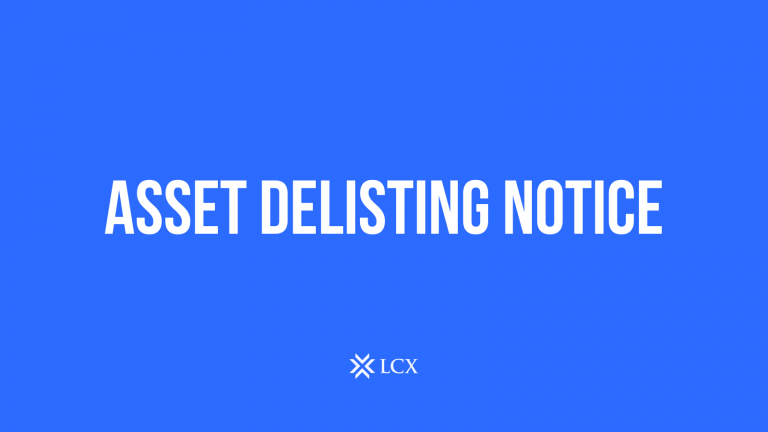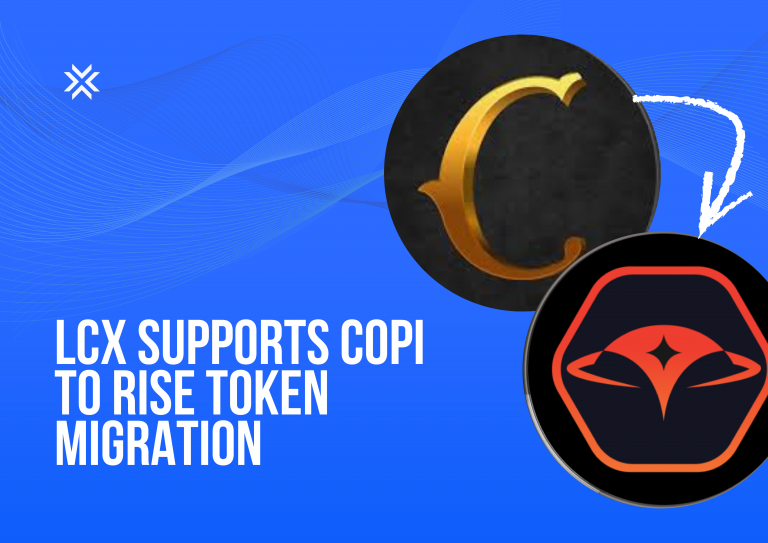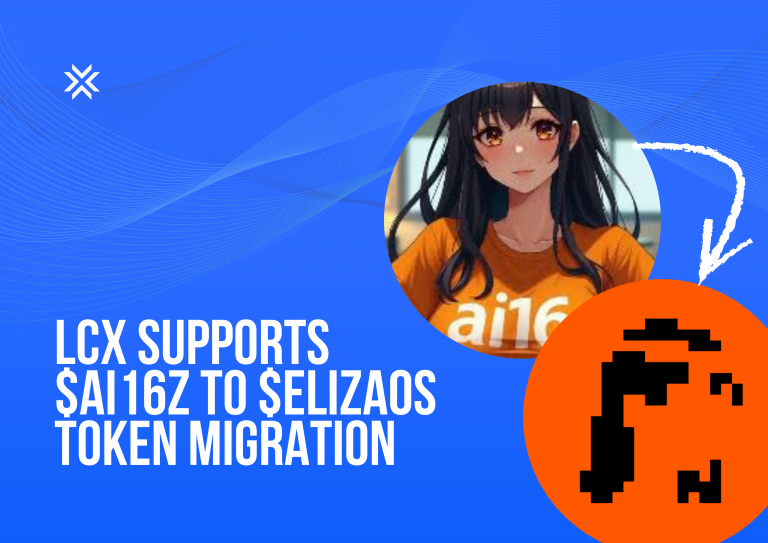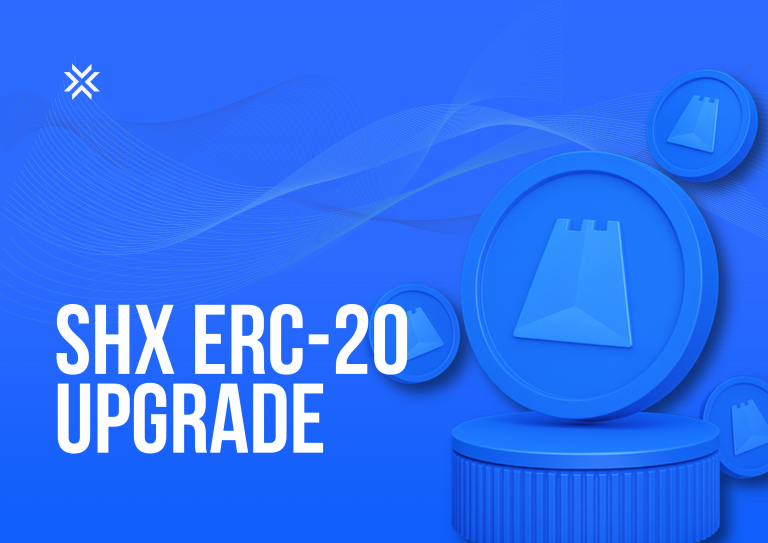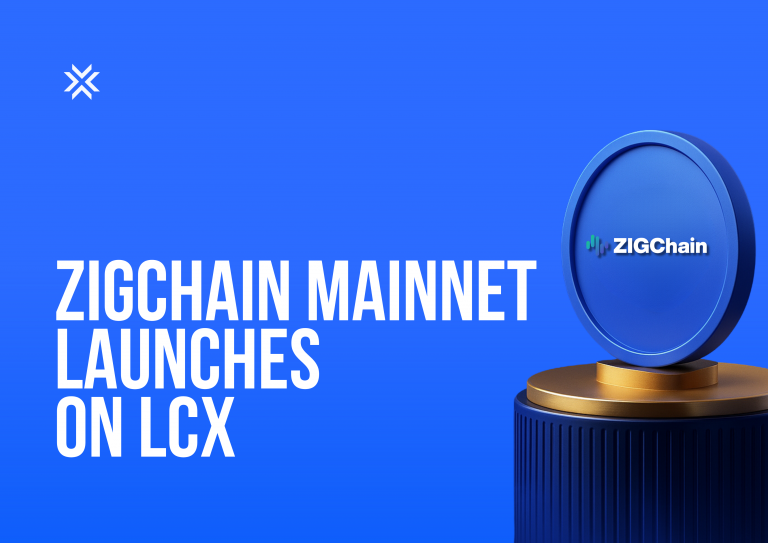We believe tokenization reshapes finance by connecting real-world value with secure, blockchain-based ownership. Today, we’re introducing our End-to-End Tokenization Framework, a regulated solution for turning physical assets into compliant digital tokens.
This framework is built for asset owners and institutions seeking legal certainty, technical transparency, and market-ready infrastructure, from gold bars and luxury watches to fine art and rare collectibles.
Each step is anchored in Liechtenstein’s legal framework, aligned with the European Economic Area’s regulatory standards, and designed to meet the highest thresholds for custody, issuance, and trading integrity.
Here’s how it works and can be applied across industries to unlock new opportunities.
LCX tokenization services
At LCX, we offer a complete suite of regulated tokenization services, transforming real-world assets into legally compliant, blockchain-based digital assets. Our approach is grounded in the Liechtenstein Blockchain Act (TVTG) and the Token Container Model (TCM), which provide a robust legal framework for representing and transferring rights on the blockchain.
Each service in our tokenization lifecycle operates independently, but together they create a fully integrated pipeline — from physical validation to compliant trading — designed for institutions and asset owners who demand security, transparency, and legal enforceability.
Physical validation & regulated custody

LCX is the world’s first company officially registered as a Physical Validator under the TVTG. This regulatory status authorizes us to verify the authenticity, condition, and existence of physical assets intended for tokenization. Once validated, the assets are securely stored in high-security vaults operated by independent third parties in Liechtenstein. These facilities operate under strict procedures, including the four-eyes principle, ensuring maximum oversight and integrity.
This dual service — validation and custody — forms the legal and operational foundation for token issuance. It guarantees that the digital tokens issued by LCX are backed 1:1 by physical counterparts and carry enforceable ownership rights, giving token holders a direct legal claim to the underlying assets under Liechtenstein law.
Example: LCX acts as a notary for the validation and custody process, ensuring that each token is backed 1:1 by a certified gold bar stored in a high-security third-party vault. Ownership is legally enforceable under Liechtenstein law.
Asset tokenization
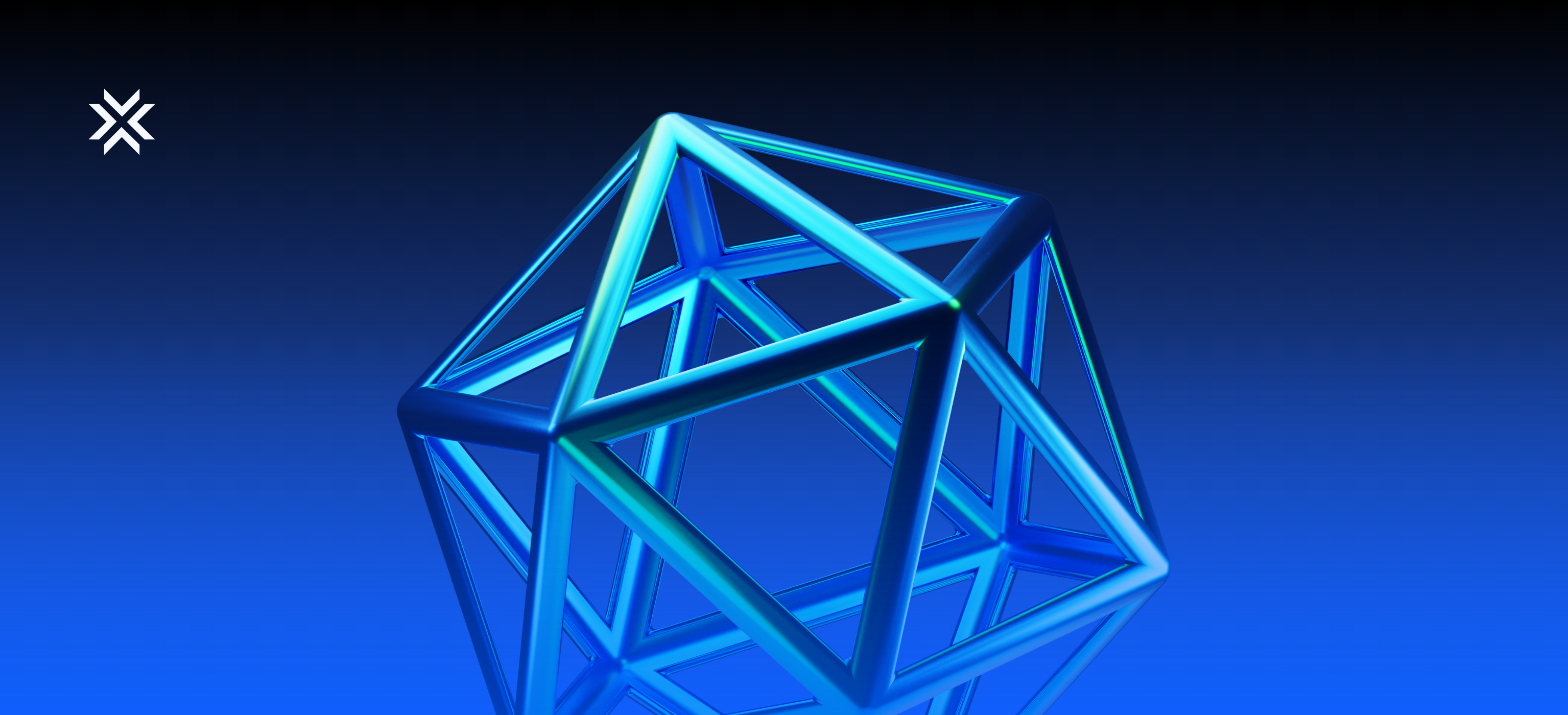
Following our validation and custody framework, LCX issues blockchain-based tokens digitally representing the underlying real-world assets. These tokens are created in accordance with the Token Container Model, which defines tokens as legal containers for enforceable rights.
By leveraging this model, LCX ensures that each token holds real legal substance, not just digital representation.
This structure, in combination with our Physical Validator role, enables tokens to confer real, legally recognized ownership. Tokens may be issued as non-fungible tokens (NFTs) for unique assets or as fungible ERC-20 tokens for divisible assets such as precious metals. Regardless of format, every token is fully backed, legally anchored, and ready for integration into compliant financial environments.
Example: In the example of a diamond, LCX acts as a notary and token issuer, verifying that the diamond exists, is authenticated, securely stored, and now represented 1:1 on-chain as a unique NFT or fungible token, linking the digital ownership certificate to the real-world asset.
On-chain ownership certificate

Following token issuance, LCX delivers an official Ownership Certificate that serves as a legally binding proof of ownership, validated and issued by LCX under its regulatory status. This certificate may also be recorded on-chain, creating an immutable and tamper-proof digital record of authenticity. LCX reinforces transparency, trust, and long-term auditability by anchoring the legal documentation directly to the blockchain, establishing a verifiable link between the physical asset and its digital representation.
Example: A collector buys an NFT linked to a rare watch, with an on-chain ownership certificate providing legal protection and a verifiable claim. The token is globally transferable, storable in non-custodial wallets, and tradable without holding the physical asset.
Decentralized listings via NFT marketplaces (Tiamonds)
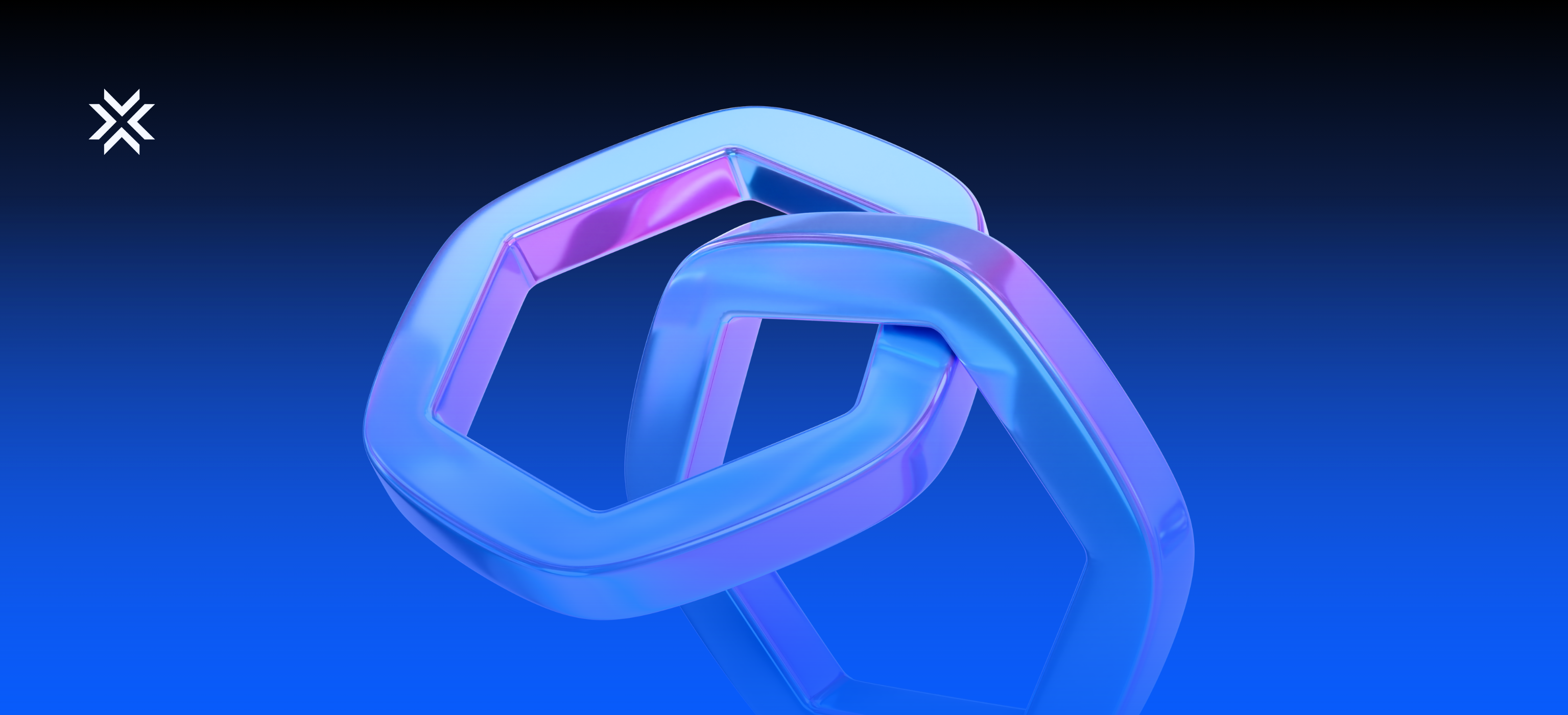
Tokenized assets issued as NFTs can be listed on decentralized marketplaces through our partnership with Tiamonds. These NFTs act as digitally verifiable ownership certificates, each backed by a validated and securely custodied physical asset.
This approach allows luxury goods, collectibles, and high-value real-world items to gain visibility and liquidity on Web3 platforms without compromising on provenance, legal enforceability, or regulatory integrity.
Example: A limited-edition luxury watch NFT is listed on Tiamonds, opening access to global Web3 buyers. The transaction is backed by secure custody and regulatory assurance.
LCX tokenization bridge (NFT to ERC-20 conversion)

To increase liquidity and expand utility, LCX offers a Tokenization Bridge that converts asset-backed NFTs into fungible ERC-20 utility tokens. These tokens are access tokens, technically linked to the NFT-based ownership certificates and, through them, to the underlying physical asset.
This bridge enables token holders to interact with DeFi platforms, use their tokens in liquidity pools, or trade them across networks — all while retaining a secure, enforceable connection to the original asset. It transforms static digital ownership into dynamic financial instruments.
Example: A real estate NFT is bridged into PROPERTYX tokens, allowing fractional ownership and trading of luxury real estate while maintaining enforceable rights.
Proof-of-reserve via NFT linkage

When asset-backed NFTs are bridged into fungible ERC-20 utility tokens, LCX preserves the technical and legal linkage between the new tokens and the original NFT certificates. This persistent connection ensures that every utility token remains tied to a verified, custodied physical asset.
It functions as an on-chain proof-of-reserve — a transparent, auditable mechanism demonstrating that the circulating tokens are fully backed by real-world value. This approach provides institutional-grade assurance, enabling DeFi integration without compromising regulatory compliance or asset integrity.
Example: A series of rare wine bottles are tokenized as NFTs and later bridged into wine utility tokens (WINEX). Each WINEX token remains linked to its underlying certificate, maintaining proof-of-reserve integrity for investors and protocols.
Regulated exchange listings for access tokens
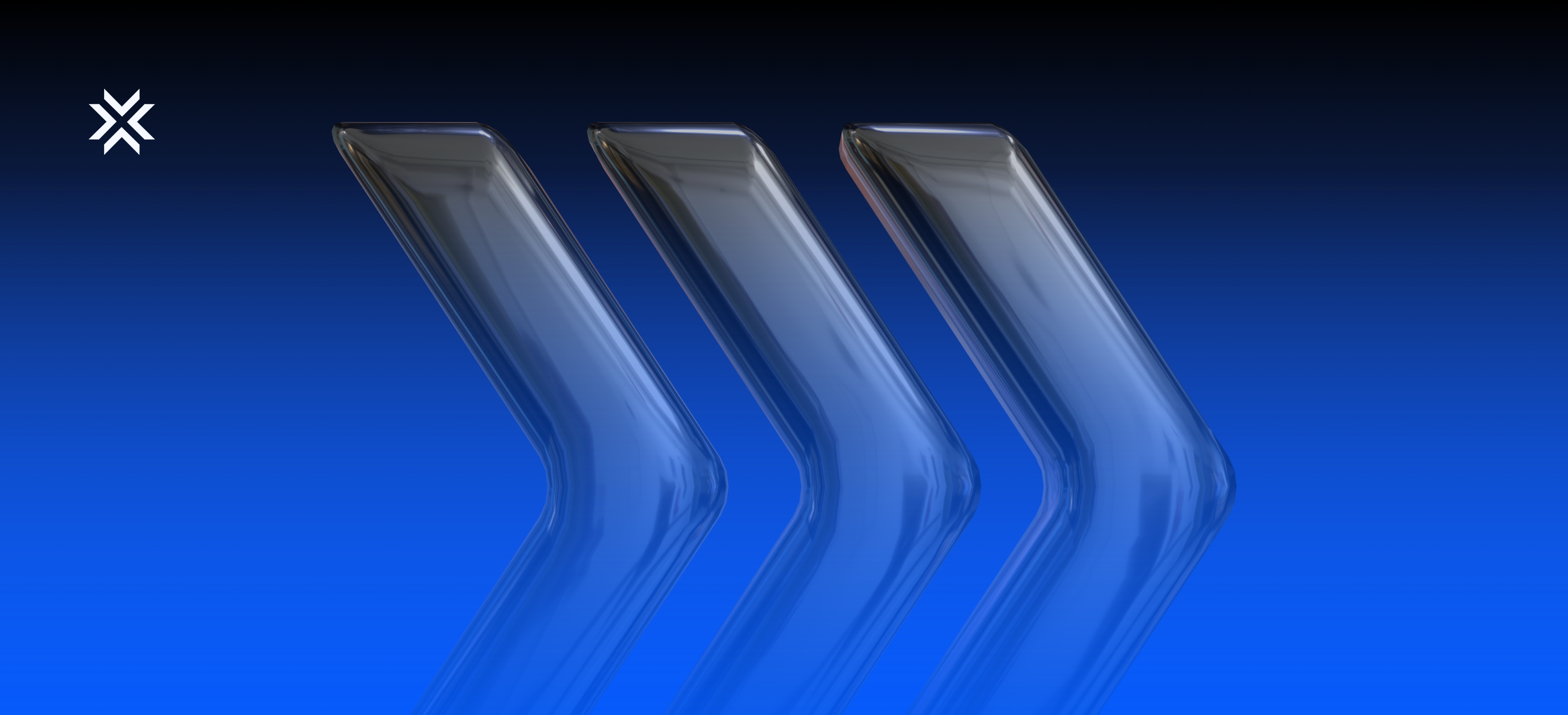
As the final step in the end-to-end tokenization process, LCX lists fungible access tokens — issued via our bridge — on the LCX Exchange, a regulated centralized trading platform. These utility tokens provide tradable access to tokenized real-world assets, while the underlying NFTs and physical assets remain under secure custody.
Listings are governed by rigorous KYC/AML procedures and our comprehensive regulatory framework, including creating a MiCA-compliant White Paper. This ensures transparency, investor protection, and alignment with European financial law. As a result, retail and institutional participants can access tokenized assets such as gold, silver, and luxury goods through regulated, real-time markets.
Example: SILVX, an ERC-20 token giving access to a digital ownership certificate representing vault-backed silver, is listed on the LCX Exchange and becomes available for trading under regulatory compliance.
From physical asset to digital market — compliantly
From asset inspection to token issuance, decentralized listing, bridging, and compliant exchange trading, LCX delivers a regulated path for turning real-world value into tokenized.
Final thoughts
Tokenization is no longer experimental; it’s operational, regulated, and available at LCX. Our full-stack tokenization framework enables a new class of digital assets backed by tangible, verifiable, real-world value.
This is how tangible assets meet real compliance on-chain.
Ready to explore tokenization for your assets?
Visit LCX.com to learn more about our regulated infrastructure, or contact us to start your tokenization journey with confidence.
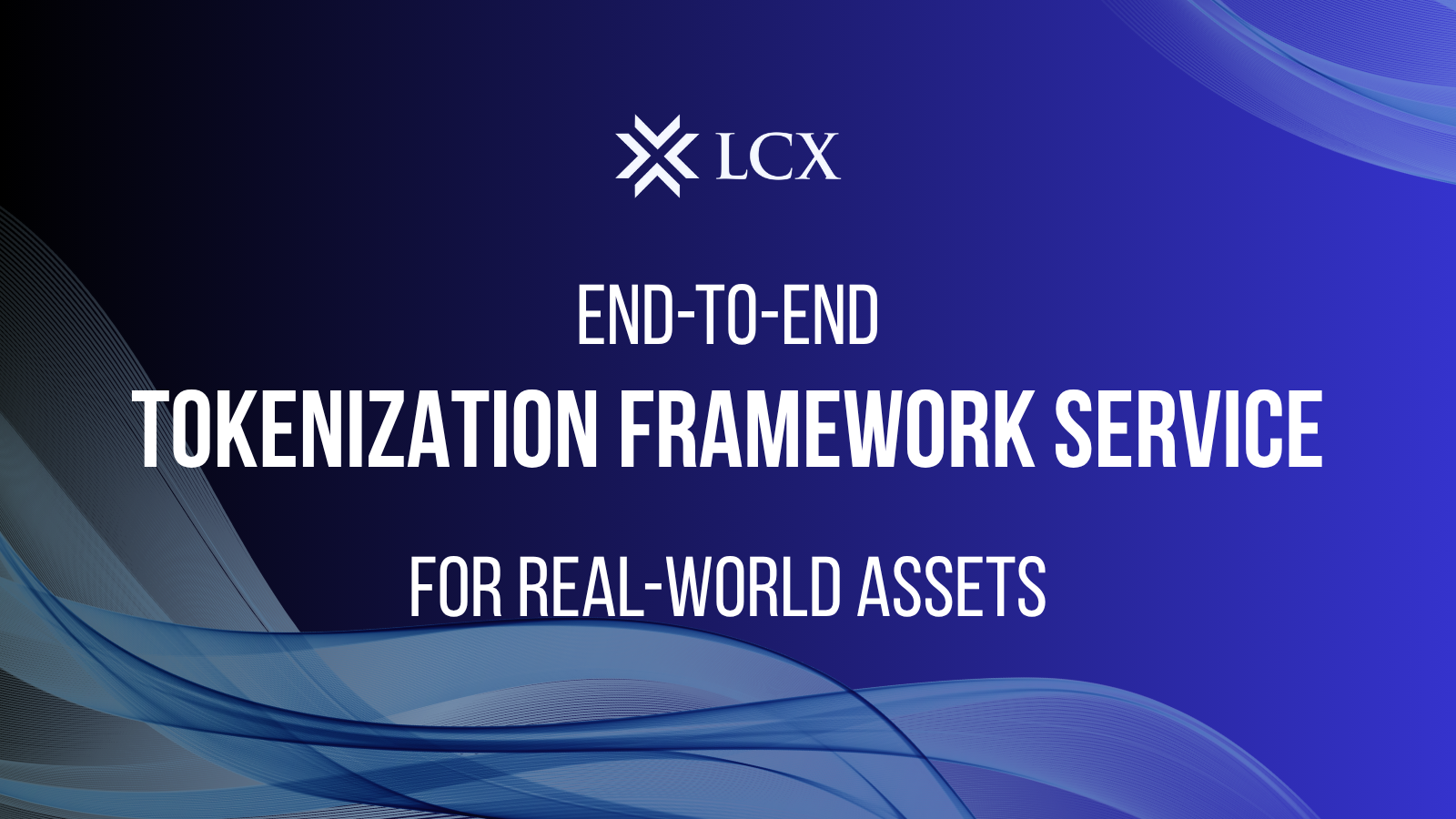
This content is provided for informational purposes only and does not constitute financial, legal, or investment advice. The buying, selling, and trading of cryptocurrencies and digital assets involve significant risk and may result in the loss of your entire investment. Always conduct your research and consult a qualified advisor before making financial decisions. LCX is a regulated entity operating in accordance with the Liechtenstein Blockchain Act. It has approvals for roles including token generator, token issuer, and exchange service provider. LCX provides technology and compliance infrastructure for digital asset services.

